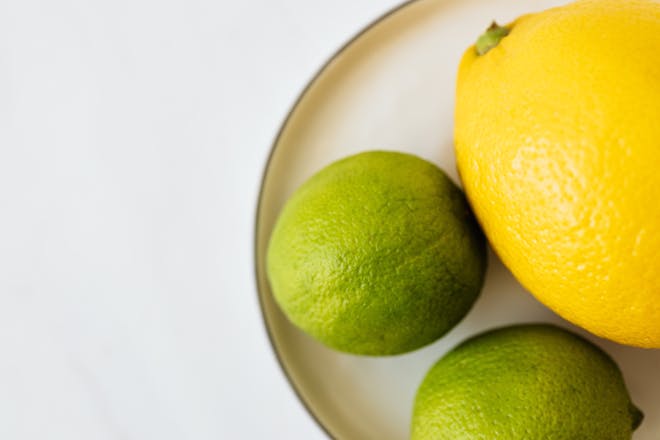Reverse Searing Ribeye on the Big Green Egg: A Culinary Guide
When it comes to preparing the perfect ribeye, the reverse sear method on a Big Green Egg can elevate your steak to new heights of flavor and texture. This technique involves slowly cooking the meat at a low temperature and finishing it off with a high-heat sear.
The Art of Reverse Searing on the Big Green Egg
The Big Green Egg is renowned for its versatility and precision, making it an ideal tool for reverse searing. This method is preferred by steak aficionados because it provides more control over the cooking process, ensuring that the ribeye is cooked evenly throughout with a deliciously caramelized crust.
Step-by-Step Guide to Reverse Searing Ribeye
Ingredients and Tools:
- A prime cut of ribeye steak, at least 1.5 inches thick
- Kosher salt and freshly ground black pepper
- Optional: Steak seasoning of your choice
- Big Green Egg or similar kamado-style grill
- Meat thermometer
- Cast iron skillet (for searing)
Preparation:
- Start by liberally seasoning your ribeye with salt and pepper. If desired, add your favorite steak seasoning to enhance the flavor. Allow the steak to sit at room temperature for about 30 minutes.
- Preheat your Big Green Egg to a low temperature, around 225°F (107°C), setting it up for indirect heat. You can achieve this by using the plate setter or a heat deflector.
- Once the grill is preheated, place the ribeye on the grill grates. Close the lid and cook slowly until the steak reaches an internal temperature of 115°F (46°C) for a rare finish or 125°F (52°C) for medium-rare. This process can take about 45 minutes to an hour, depending on the thickness of your steak.
- When the desired internal temperature is reached, remove the ribeye from the grill and let it rest while you increase the temperature of the Big Green Egg. Remove the plate setter to expose the steak to direct heat and bring the temperature up to 500°F (260°C).
- Place the cast iron skillet on the grill to preheat for the searing stage. Once the skillet is hot, sear the ribeye for 1 to 2 minutes per side, achieving a deep brown crust.
- Check the internal temperature of the steak. For a perfect medium-rare, aim for 130-135°F (54-57°C). Remove the steak from the skillet and let it rest for a few minutes before slicing.
The result is a ribeye that’s evenly cooked with a mouthwatering crust, showcasing the tender, juicy interior that steak lovers crave.
Choosing the Right Ribeye for Reverse Searing
Selecting a high-quality ribeye is crucial for the reverse sear method. Look for steaks with good marbling, as the fat will render during the slow cooking process, infusing the meat with rich flavor. A thicker cut is also preferable, as it provides a better buffer against overcooking during the searing phase.
Tips for Perfecting the Reverse Sear Technique
Patience is key when reverse searing. Rushing the process can lead to uneven cooking. Monitoring the internal temperature of the steak with a reliable meat thermometer is essential to achieve your desired doneness.
Additionally, allowing the steak to rest after searing gives the juices time to redistribute, ensuring each bite is succulent and flavorful. Serving your reverse-seared ribeye with complementary sides like grilled vegetables or a fresh salad can create a balanced and satisfying meal.
Mastering the reverse sear on your Big Green Egg will impress your guests and make for memorable dining experiences. With practice, you’ll refine your technique and discover the many possibilities this grilling method has to offer.
